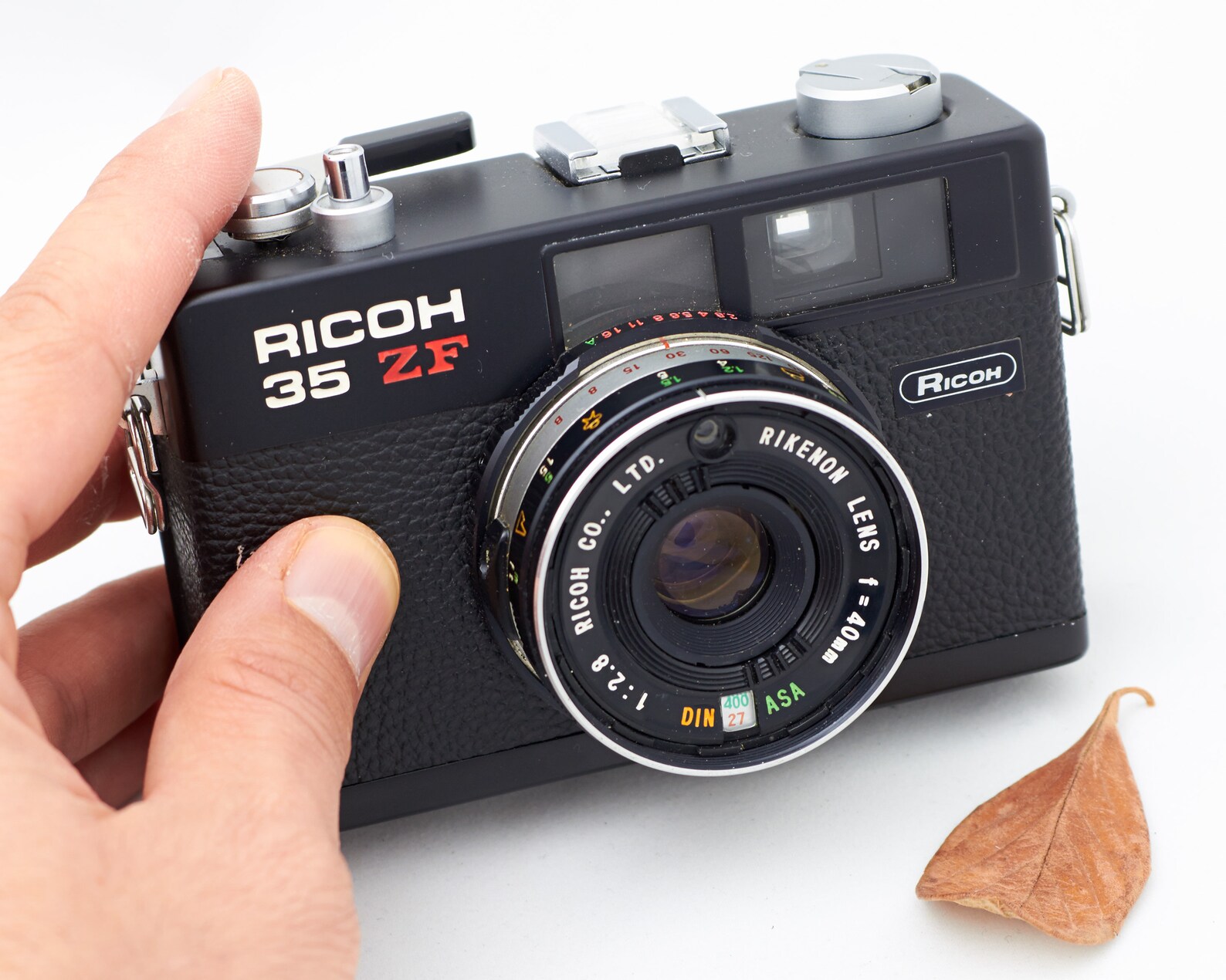

They also don’t require any battery power, so while a DSLR battery can last a week on vacation, my mirrorless cameras with electronic viewfinders are out of batteries in 4-6 hours. That makes them superior for sports and wildlife. Optical viewfinders seem outdated in comparison (and they are), but they operate at the speed of light, so there’s no lag. You can even use the viewfinder while recording video.

They don’t go dark when you take a picture, and you don’t have to take your eye away from the viewfinder to review your last shot. They’re better than real life, allowing you to see in the dark, view the exact effect of any exposure compensation, preview filters (such as seeing in black-and-white), and zoom in for precise focusing. High-quality electronic viewfinders (such as those in the Olympus E-M1, Fujifilm X-T1, and Panasonic GH4) are superior to optical viewfinders for most types of photography.

As you can see, the X-T1’s EVF is bigger and brighter, shows far more information, and overall looks far more modern and polished. The following three figures show the Canon 70D’s optical viewfinder (first) followed by two different views of the Fujifilm X-T1’s EVF. Also, the digital display is less sharp than the real world. Because the camera has to process the signal, there is always a very short delay of a few milliseconds. The camera can also supplement the image with histograms, focusing peaking, and other useful data. This means that you can see the effects of exposure compensation. Mirrorless cameras process the data from the digital sensor and display an image on either a large display on the back of the camera or a small, simulated viewfinder. This guarantees that the viewfinder shows what your sensor will see, because it’s exactly the same light. It really is a primitive design the camera inserts a mirror between your lens and sensor and it bounces the light into a prism which then bounces the light into your eye. All DSLRs (except the Sony SLT cameras) have an optical viewfinder, the basic design of which dates back to the late 1800s. Modern cameras have one of two types of viewfinders, and this can have a significant impact on your photography: This picture shows the Sony a5100 (which has an LCD display but not a viewfinder) on the left and the slightly more expensive Sony a6000, which has a viewfinder in the upper-left corner. If you’re using a telephoto lens (as you would be for sports and wildlife), they make it much easier to hold your camera steady and pinpoint a distant subject. First, they block out sunlight and distractions, making it easier to concentrate on your composition. Viewfinders are useful for serious photographers and anyone shooting sports or wildlife, however. That’s fine you don’t need a viewfinder for casual photography, as demonstrated by the popularity of smartphone photography. Many modern cameras don’t have a proper viewfinder at all, instead requiring you to use the large LCD screen on the back of the camera to compose your shot. The viewfinder is the window you put your eye to before taking a picture.


 0 kommentar(er)
0 kommentar(er)
